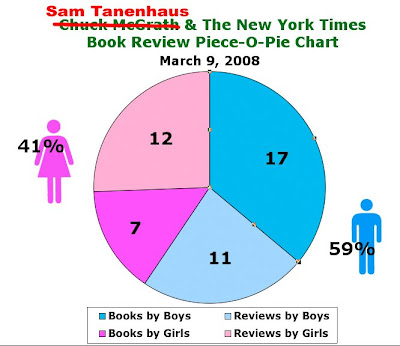


 no longer recognize our place in the world. If the physical space of insular cities and suburbs made
no longer recognize our place in the world. If the physical space of insular cities and suburbs made  us big in our vainglorious minds, then the virtual space of the Internet makes us colossal: deities hovering above a 17-inch plasma universe, manipulating (often anonymously) information, people and entire cultures without fear of retribution. Yet – and still – we’re barely more than nothing: quantum grit in time’s bulging eye: single cell in nature’s deep throat. She blinks a hurricane and we’re history. She coughs a tsunami and we’re history erased.
us big in our vainglorious minds, then the virtual space of the Internet makes us colossal: deities hovering above a 17-inch plasma universe, manipulating (often anonymously) information, people and entire cultures without fear of retribution. Yet – and still – we’re barely more than nothing: quantum grit in time’s bulging eye: single cell in nature’s deep throat. She blinks a hurricane and we’re history. She coughs a tsunami and we’re history erased.
Pixelate my raging holy water, bit stream my unimpeded flow:
Digitize my brother as Bellerophon upon Pegasus’ back:
Compress my mother’s body beached among flotsam & sand:
Death, like the speed of light, is constant. Or so THEY say:
 At 7:00 AM I sit down at my computer and don’t stand up* until 4 PM. After dinner I often sit down for two hours more. Imagine this: I imagine spring grass growing, seed to blade, though an authentic lawn beckons the naked soles of my feet only actually really 20 yards away!
At 7:00 AM I sit down at my computer and don’t stand up* until 4 PM. After dinner I often sit down for two hours more. Imagine this: I imagine spring grass growing, seed to blade, though an authentic lawn beckons the naked soles of my feet only actually really 20 yards away!this is important. this makes me here. this makes me [corpo]real.
The Internet displaces – disspaces – users so far from the holiest trinity of earth/water/air that we grow increasingly ignorant of our sensual connection to an environment that includes each other. Empathy shrivels, and user-writers no longer rely primarily on shifting empirical evidence of three and four dimensions to feed their anorexic muse.
(To be fair, writers stopped doing their homework long before the advent of the Internet. They stopped when academic writing programs became the substitute for living widely, curiously and intensely in the world. Stein, Hemingway, Hellmann, Conrad, et al.-- (more alive dead than most living writers -- are shitting in their loamy graves.)
Evidence shifts because we shift, rapidly shoved verso and recto by ontological bullies: contentious politics, religious extremism, corrupt media, cult of the personality, consume-ification, and, of course, fast and faster technologies – all now manifest profusely in byte-size morsels of mis- and disinformation:THEY don’t know their sore ass from a LOAMY hole in the ground. Ergo: Neither do we.

“Within a few decades, machine intelligence will surpass human intelligence, leading to The Singularity – technological change so rapid and profound it represents a rupture in the fabric of human history. The implications include the merger of biological and nonbiological intelligence, immortal software-based humans, and ultra-high levels of intelligence that expand outward in the universe at the speed of light.”
– Ray Kurzweil, theoretical physicist

NOTE: This essay (Parts I and II) was originally published in Boulevard, September 2007. Interestingly, the translation from my computer to Boulevard's designer/printer was hosed, and the essay looked like hell, further proving my thesis.







